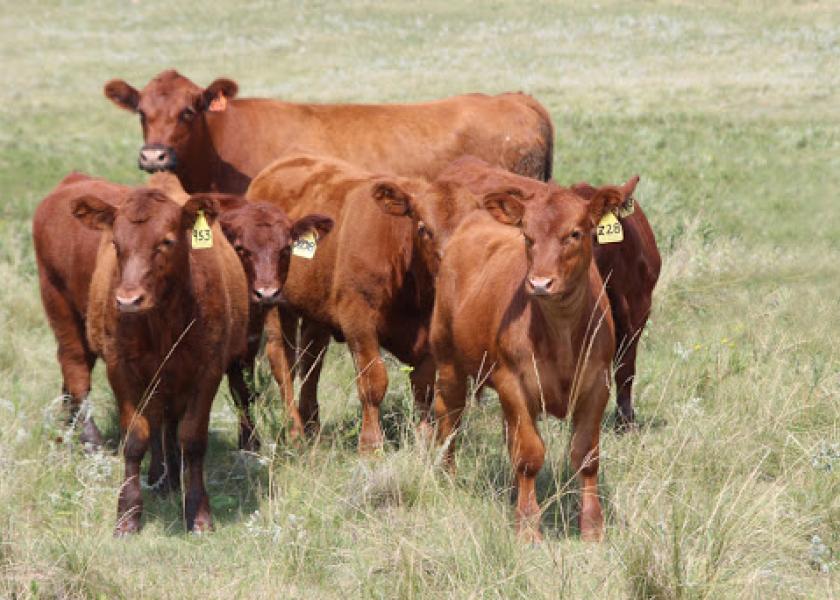Gene Editing in Today’s Beef Industry and the Future

“The United States produces 18% of the world’s beef with 6% of the world’s cattle. That’s why genetics are important,” said Dr. Alison Van Eenennaam, Professor of Cooperative Extension in Animal Genomics and Biotechnology at the University of California, Davis. Van Eenennaam gave her presentation titled “Gene Editing Today and in the Future” during the Beef Improvement Federation (BIF) Symposium June 24 in Des Moines, Iowa.
Van Eenennaam explained the concepts of introducing editing components into the genome.
Genetic engineering vs gene editing
The 2009 sequencing of the bovine genome allowed for the development of a 50,000 SNP chip, also known as the 50K. Very rapidly adopted by the global cattle breeding community, the genomic test result is incorporated in the genomic-enhanced expected progeny difference (GE-EPD) as an additional data source. GE-EPDs are made up of the animal’s pedigree, performance, progeny and genomic test result. This technology has evolved greatly since 2010 when DNA information competed with EPDs.
According to Van Eenennaam genome editing allows the introduction of double strand breaks at a specific sequence in the genome.
“Genetic engineering, or GMOs, to use the more controversial term, is basically introducing a trait to a breeding program that brings a useful characteristic along,” she explained. “The difference with genome editing is you can very precisely target any location in the genome for the introduction of a new gene or also just tweaking the DNA within an animal. It is that precision that is kind of new with genome editing, which opens up opportunities to very precisely inactivate genes in the genome without necessarily introducing ‘transgenic’ or ‘exogenous DNA’ from another species. This is one of the distinguishing factors between genetic engineering and genome editing.”
Gene editing technologies
Van Eenennaam explained that gene editing will be able to introduce useful alleles without linkage drag and potentially bring in useful novel genetic variation from other breeds. There are various advantages and disadvantages of somatic cell nuclear transfer (SCNT) cloning to produce an animal carrying a targeted genome edit. Advantages include germline transmission, confirmed genotype with higher knock-in efficiency in somatic cells. Disadvantages are very low cloning efficiencies, use of a single cell line and not all cell lines clone well.
Van Eenennaam also explained that cytoplasmic injection (CPI) of editing reagents into embryos has multiple advantages and disadvantages. Advantages include no cloning artifacts, diversity of germplasm, and a high efficiency for gene knock-outs. Disadvantages of this technology are mosaicism (more than one genotype in an individual), variable rates of obtaining an edited genome in calves born, and gene knock-in is less efficient in early embryos.
“I envision gene editing impacting breed associations and future genetic evaluation by offering an opportunity to repair deleterious genetic conditions, and an opportunity to introduce useful alleles into breed germplasm. It is currently primarily used for single gene or Mendelian traits, and it could potentially be used to alter a defining characteristic of a breed,” Van Eenennaam said.
To watch Van Eenennaam’s full presentation, visit https://youtu.be/ioMx-c2N2PM . For more information about this year’s Symposium and the Beef Improvement Federation, including additional presentations and award winners, visit BIFSymposium.com.







